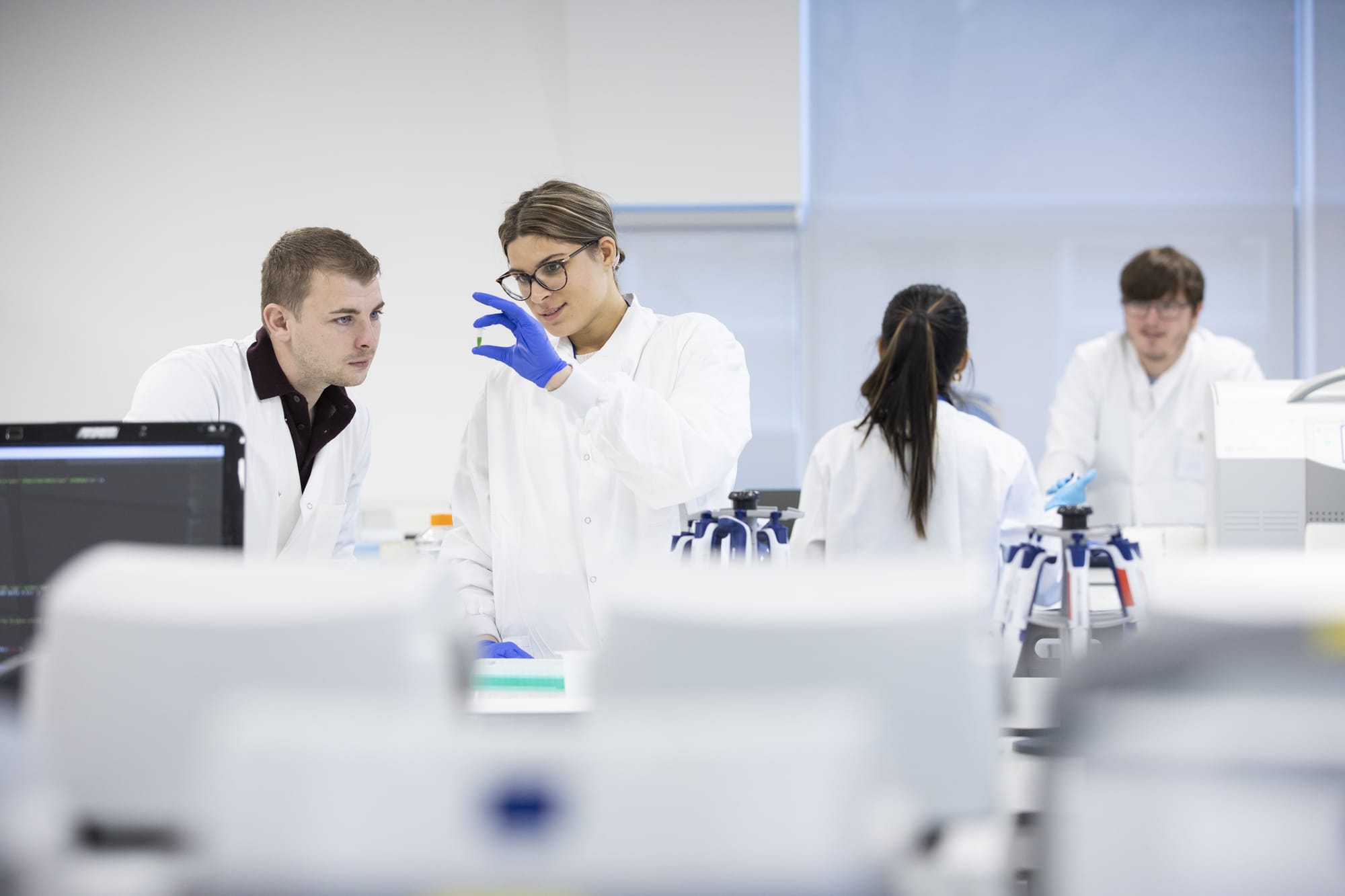Top 10 Key Considerations For Successful Laboratory Design

Understanding laboratory design plays a crucial role in ensuring the safety, efficiency, and productivity of scientists and the processes they’re involved in. Here’s 10 key considerations to creating a well-designed laboratory environment…
Laboratories are vital spaces where scientific research, experimentation, and analysis take place. The design of a laboratory plays a crucial role in ensuring the safety, efficiency, and productivity of its occupants. Whether it’s a research institution, a pharmaceutical company, or an educational facility, the following ten considerations are essential to creating a well-designed laboratory:
- Safety First:
Safety is paramount in laboratory design. Implementing proper safety measures, including fume hoods, emergency showers, eyewash stations, fire suppression systems, and specialist storage for hazardous materials where appropriate, is crucial to protecting the well-being of lab personnel and preventing accidents.
- Flexibility and Adaptability:
Laboratories must accommodate various research needs and changing technologies. A flexible design allows for easy reconfiguration of the space, making it adaptable to evolving research requirements and maximising its utilisation over time.
- Workflow and Efficiency:
The layout of the laboratory should be optimized to facilitate smooth workflows and minimise unnecessary movements. Strategically placing workstations, equipment, and storage areas will improve efficiency, reducing the risk of cross-contamination and promoting productivity.
- Ventilation and Air Quality:
Adequate ventilation is essential to control airborne contaminants and maintain a safe working environment. Proper airflow, temperature, and humidity controls should be in place to ensure the well-being of lab occupants and the integrity of sensitive experiments.
- Contamination Control:
Design features such as separate clean and dirty zones, controlled access, and stringent material flow protocols help minimise contamination risks should be implemented. Properly sealed surfaces, antimicrobial coatings, and regular maintenance are also essential to prevent cross-contamination.
- Ergonomics and Comfort:
Researchers spend extended periods in the laboratory, so a focus on ergonomics is critical. Adjustable furniture, proper lighting, and comfortable workspaces contribute to the well-being and productivity of lab personnel.
- Integration of Technology:
Incorporating state-of-the-art technology in laboratory design enhances efficiency and data accuracy. Considerations for specialised electrical systems, data management, and integrated digital solutions should be made during the planning phase.
- Sustainability and Energy Efficiency:
Green design principles can be applied to laboratories to reduce energy consumption and promote sustainability. Energy-efficient lighting and HVAC, recycling systems, and responsible waste/water management contribute to minimising the environmental footprint of your laboratory operations.
- Compliance with Regulations:
Laboratories are subject to various regulations and standards that ensure the safety of workers and the integrity of research. Compliance with local, national, and international regulations is imperative and should be carefully considered during the design process.
- Collaboration and Communication:
Promoting interaction and collaboration among researchers is vital to foster innovation and knowledge sharing. Design features such as communal areas, meeting spaces, and shared equipment can facilitate communication and collaboration among scientists, leading to increased efficiency and innovation.
In conclusion, a well-designed laboratory is a harmonious blend of safety, efficiency, flexibility, and innovation. By considering these ten crucial factors during the planning and design phases, laboratory operators can create a productive and safe environment that fosters groundbreaking research and scientific discoveries.